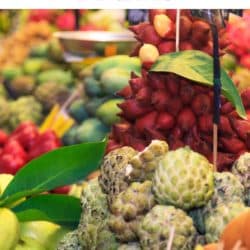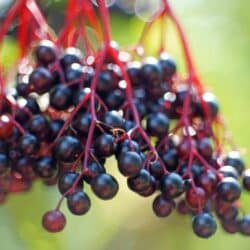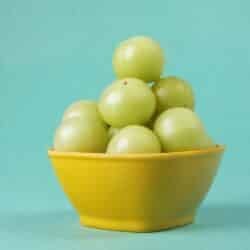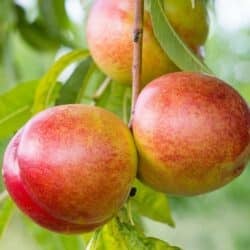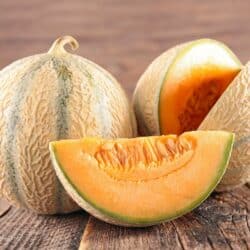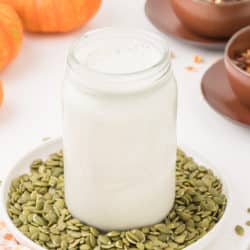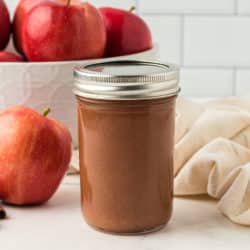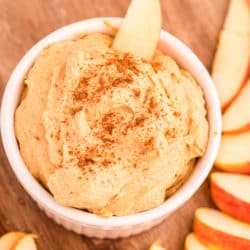15+ Asian Fruits List (With Photos!)
Many different types of fruit are found in Asia, and they come in all shapes and sizes. In this article, I share 15 Asian fruits and take a closer look at their nutritional value and unique flavors. Hopefully you’ll be inspired to try something exotic and new!
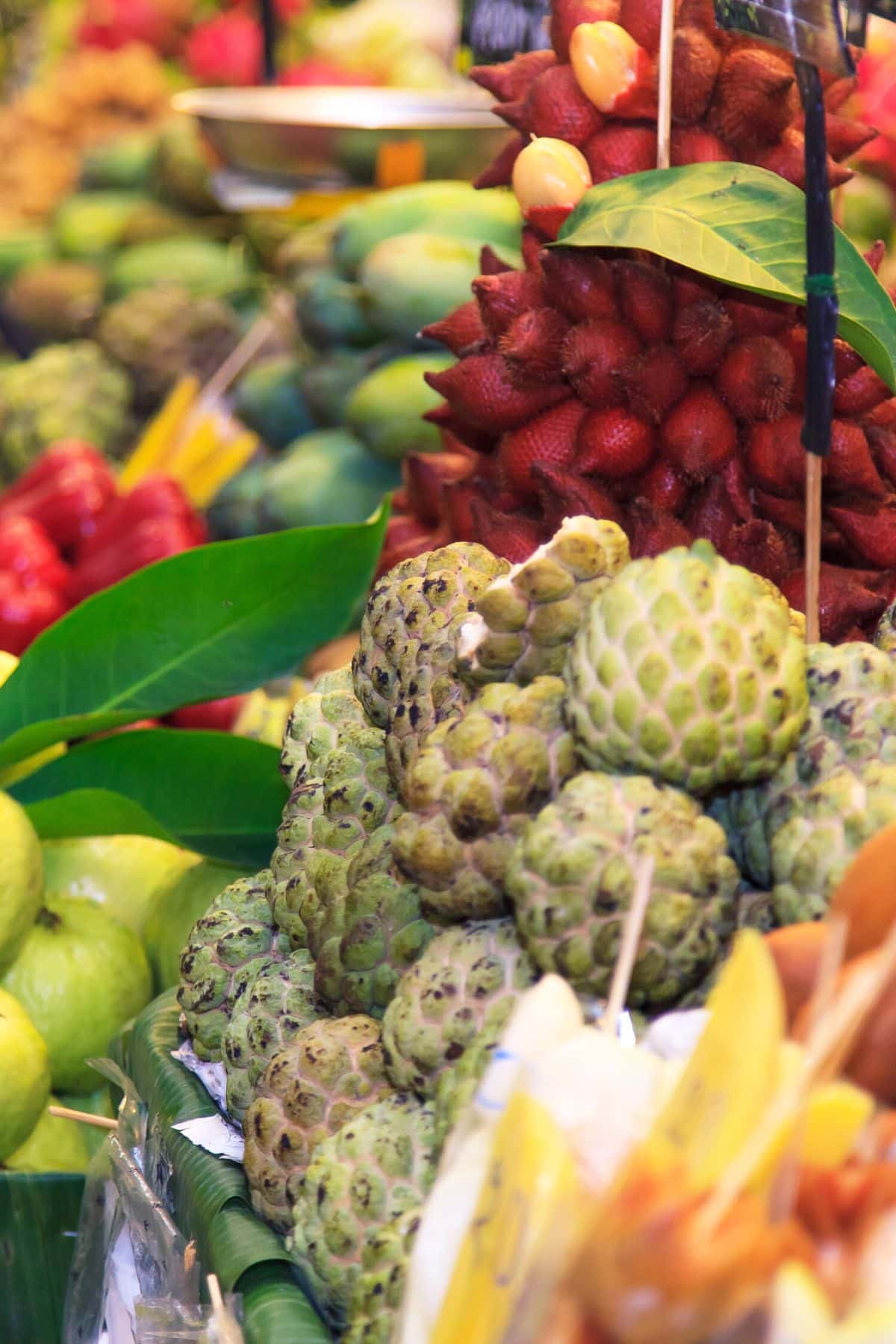
Asian fruits are a delicacy enjoyed by many people all over the world. The unique flavors and textures of these fruits set them apart from other types of fruit, and they are definitely worth trying if you have never had them before.
I’ve been to China twice and Japan one, and I really enjoyed perusing the local markets to try and find some of these new-to-me fruits from Asia.
Here is a list of some Asian fruits to enjoy.
Asian Fruits List
1. Asian Pear
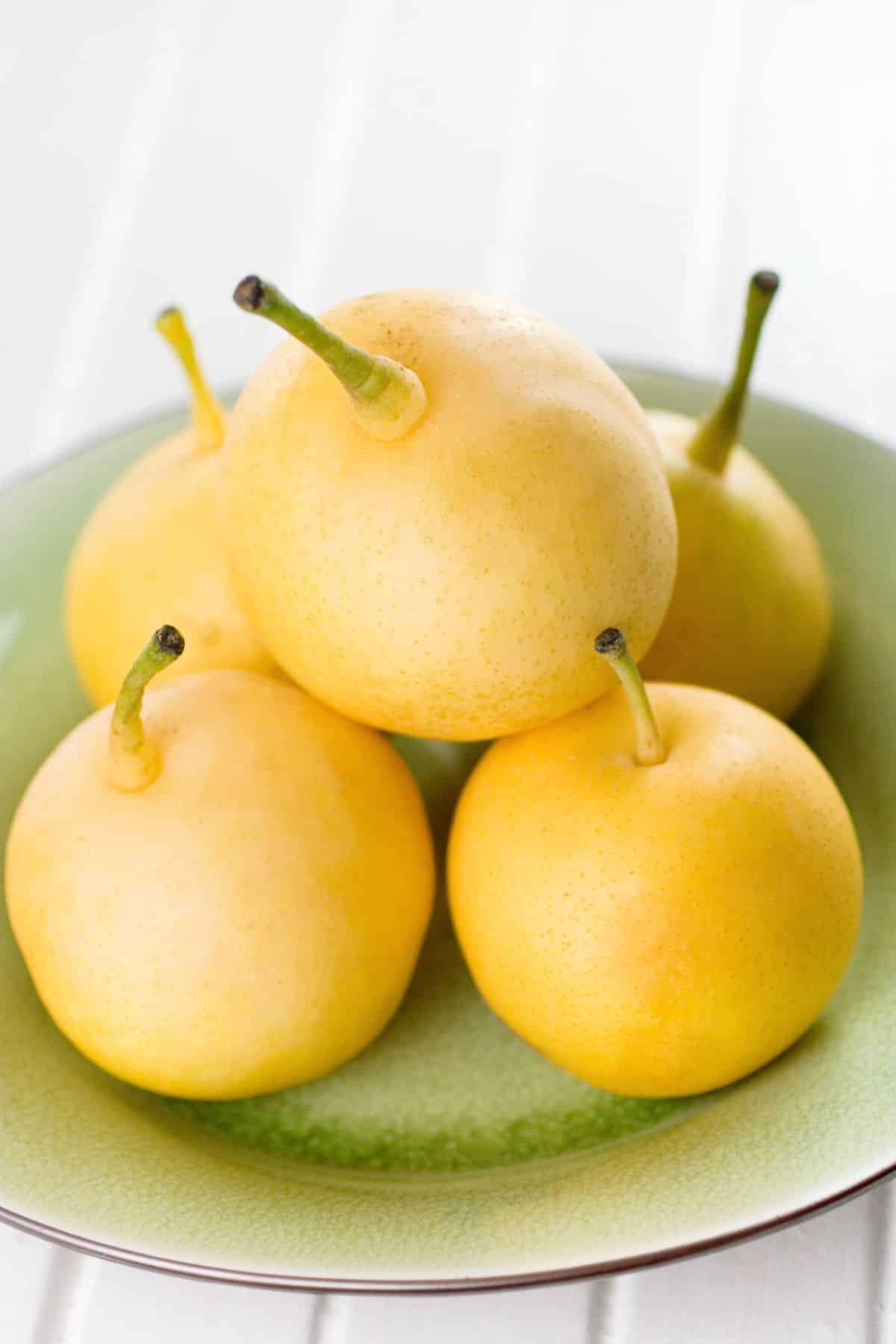
The Asian pear originates in Japan and China and is grown on trees.
It’s cultivated in New Zealand and Australia. I get it from the Asian fruit seller at my local farmers’ market!
This fruit is shaped like an apple, has a yellowish-tan color, and has a sweet-tart flavor with a hint of floral.
The Asian Pear is high in vitamin C, vitamin K, and copper.
2. Asian bananas
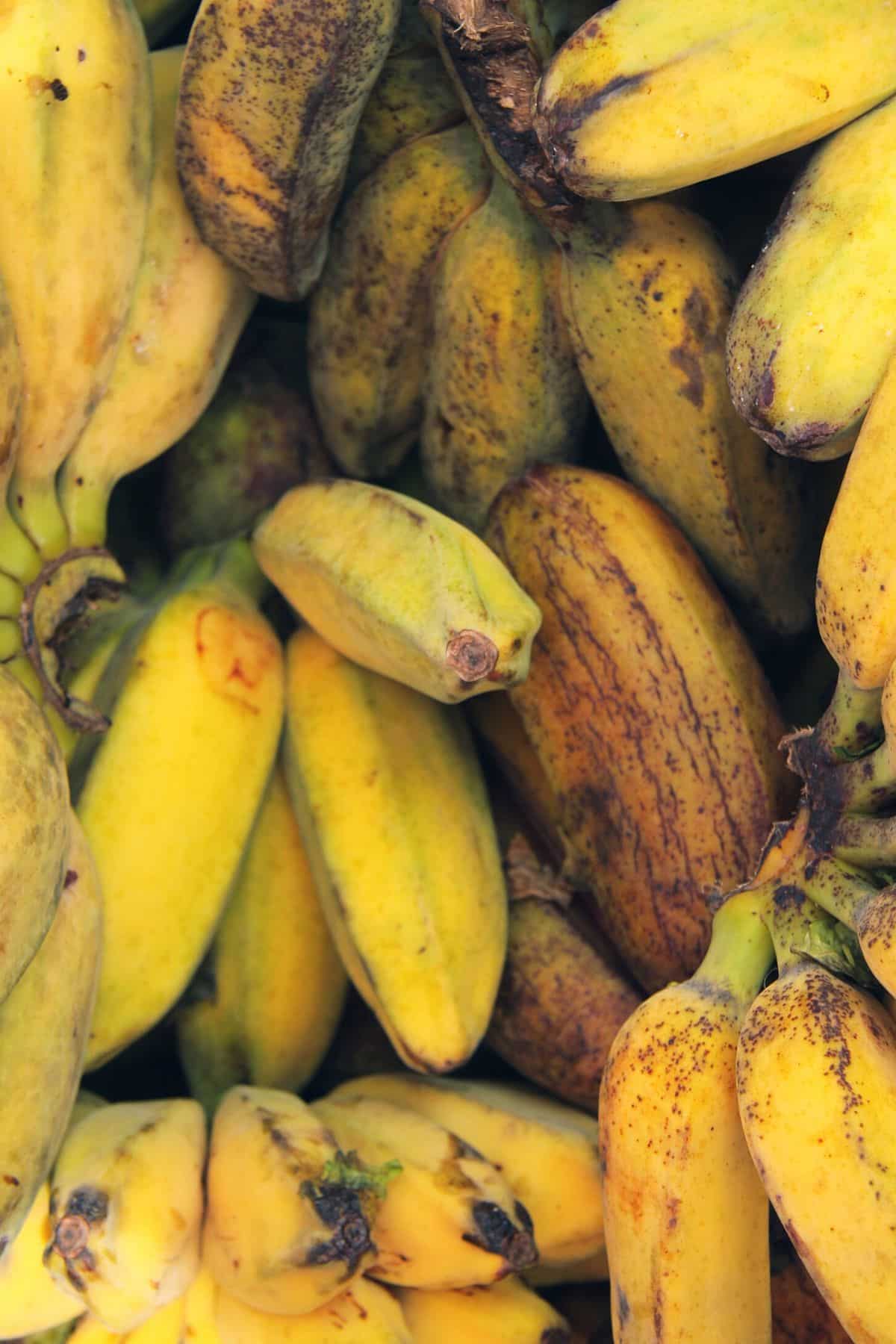
Asian bananas originate from Southeast Asia in the jungles of Malaysia. Today, Asian bananas can be found growing in the Phillippines and Indonesia.
The Asian banana is yellow on the outside and a whitish color on the inside. They are very sweet with a creamy texture.
The banana is an excellent source of dietary potassium, vitamin B6 and vitamin C.
3. Coconut
Coconuts are primarily grown in Indonesia, India, and the Philippines.
This fruit has a hard outer brown-colored, fuzzy shell with white flesh on the inside. The water inside the coconut is also a popular beverage.
Coconuts are a good source of iron and potassium.
4. Dates
Dates are grown in and imported from India and Malaysia. They are also grown in the United States and other places, too. They usually require really hot weather.
This fruit is small, brownish-purple in color, and has a soft and chewy texture. Dates are one of the sweetest fruits on the planet. I use them to sweeten everything from my Chocolate Avocado Ice Cream to cookies.
Dates contain high amounts of fiber, B vitamins, copper, magnesium, iron, and potassium.
5. Dragon fruit
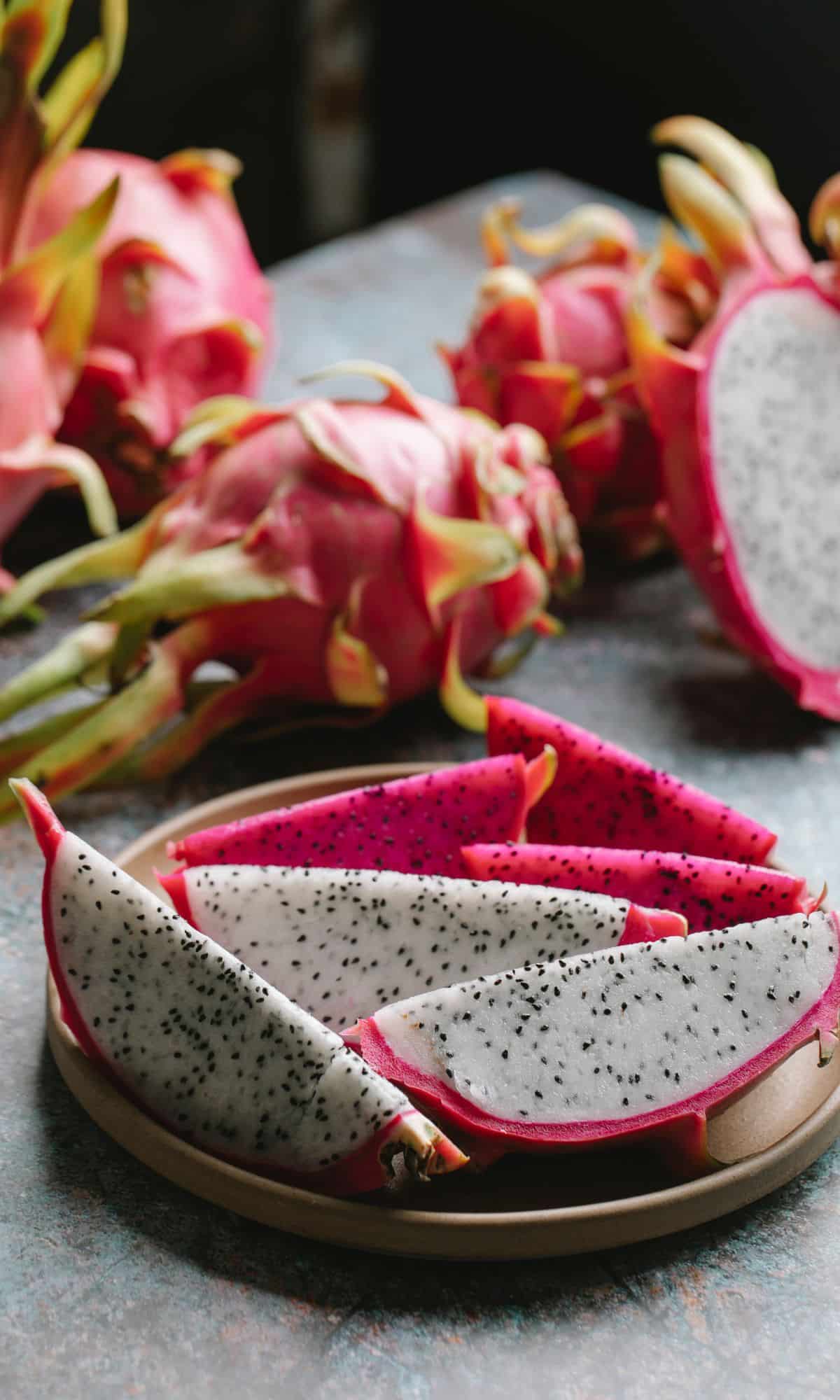
Dragon fruit originates from Central and South America. Today, it is grown in Mexico, South America, Central America, Israel, and Asia.
Did you know dragon fruit is actually a type of cactus? This fruit is unique because it has a bright pink color on the outside with green spikes or scales. The fruit on the inside is white with black seeds.
You can also find yellow dragon fruit which are even more exotic looking.
This fruit has a soft texture, and the flavor is mildly sweet and has been compared to a mixture of pear and kiwi. See my recipe for a Dragon Fruit Banana Smoothie.
Dragon fruit is an excellent source of vitamin C and other antioxidants.
6. Durian
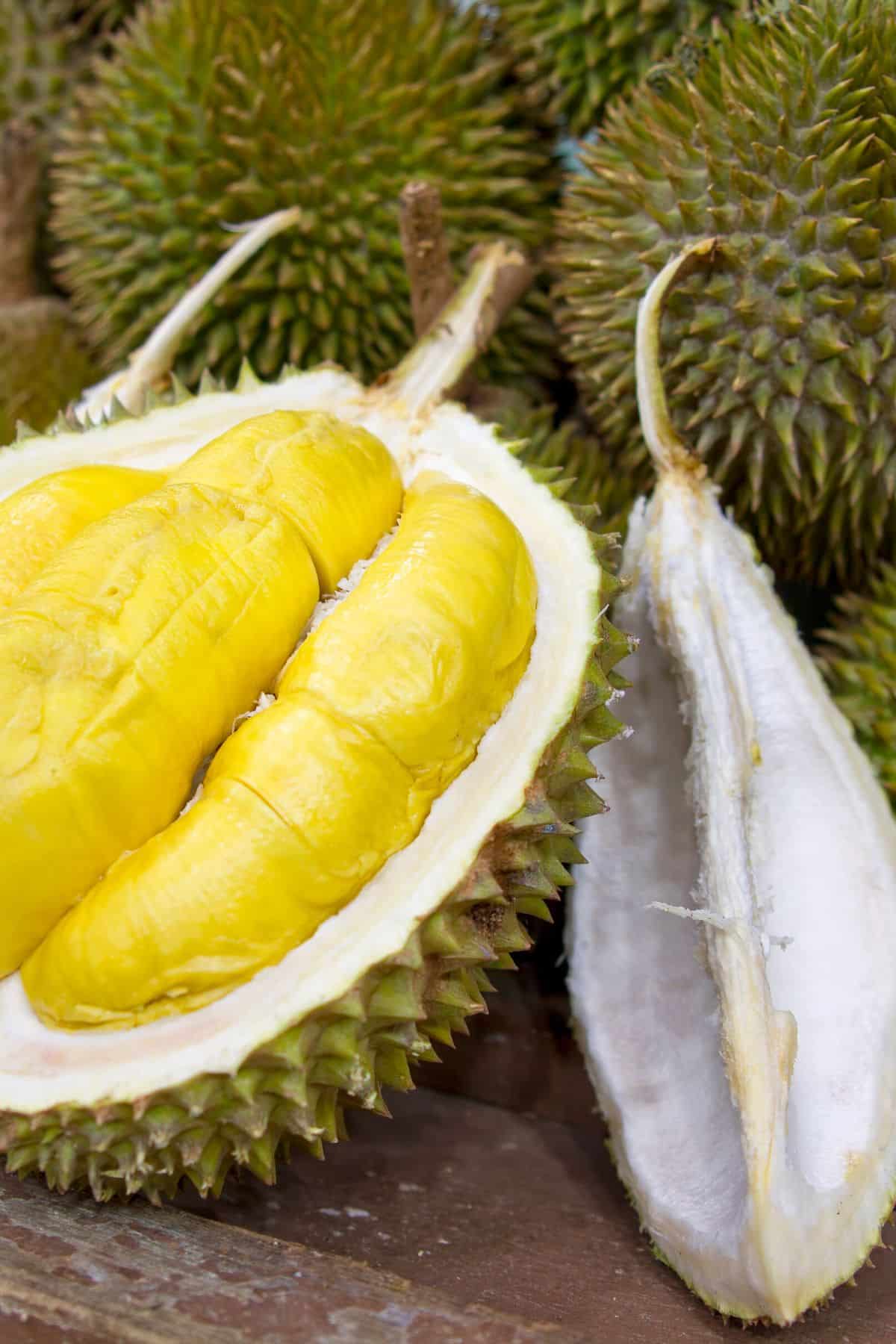
The durian is primarily grown in the Philippines, Southern Thailand, Malaysia, and Indonesia.
This fruit is round and has a hard, spiky outer shell that is yellowish-brown. The durian smells very strong. Some say it has a sweet smell, while others say it smells awful. The durian’s taste is a unique blend of sweet and savory.
Durians are rich in manganese, vitamin B6 and potassium.
7. Figs
Figs are primarily grown in Vietnam, Indonesia, and Thailand, although they are found in other parts of the world too.
This fruit is about palm-sized and has a brownish-purple color. The texture of the fig is soft and squishy, and it has a sweet honey taste. See my recipe for how to freeze figs.
Figs are an excellent source of dietary fiber and potassium.
8. Goji Berry
The Goji berry is grown all across China. This fruit is small and oval-shaped with a bright orange-red color.
Goji berries have a very similar flavor to cranberries and sour cherries. I like to use them in recipes that call for raisins. They can be eaten raw or in cooked foods like oatmeal or cookies.
Goji berries are an excellent source of vitamins A and C.
9. Guava
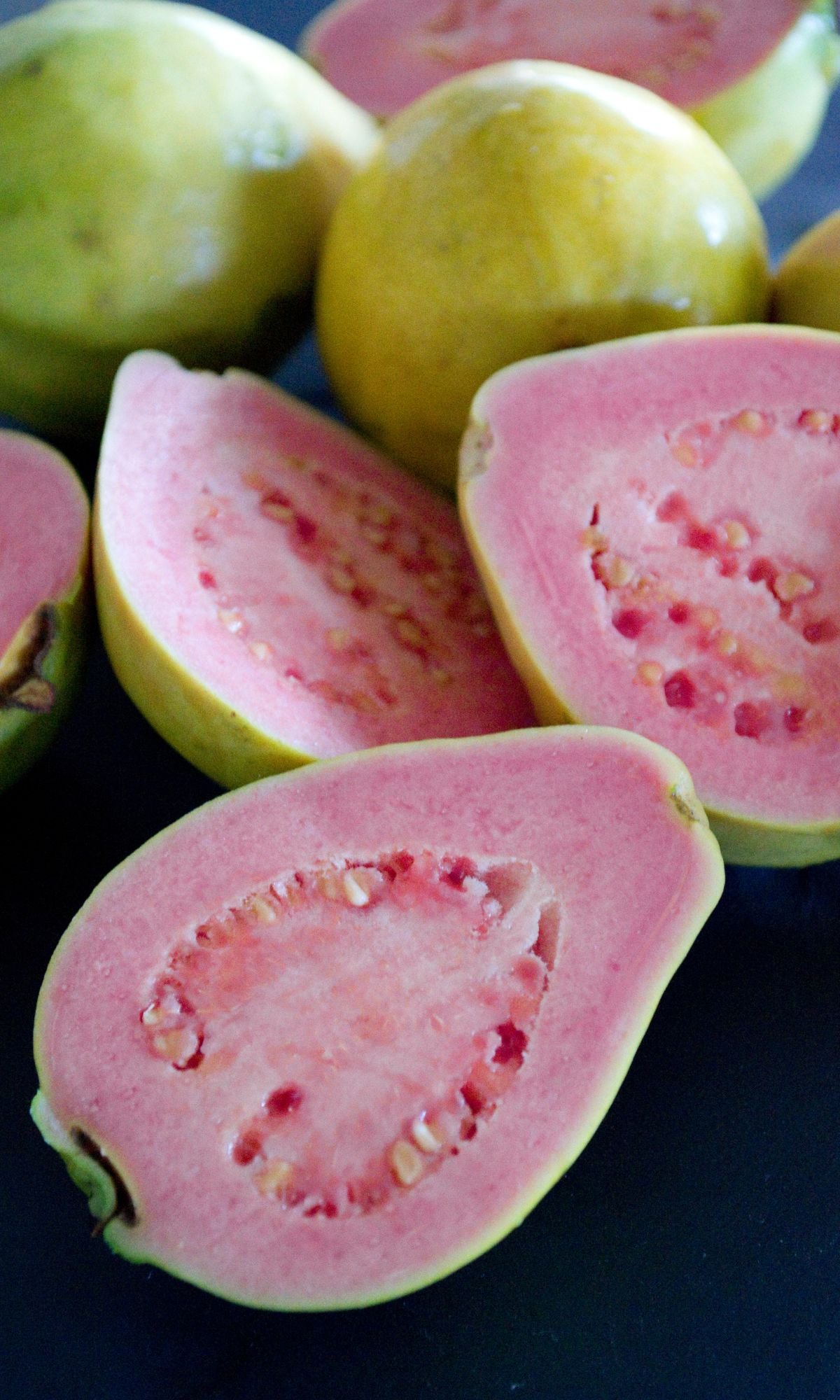
The guava is grown in China, Thailand, and Malaysia.
This fruit is oval or pear-shaped with a greenish-yellow color on the outside. The inside of the guava is pink or red.
The guava has a sweet taste and has been described as a mix between a strawberry and a pear. One of my favorite treats of all time is fresh guava juice when I go to Hawaii.
Guavas are an excellent source of vitamin C, potassium, fiber, and antioxidants.
10. Jackfruit
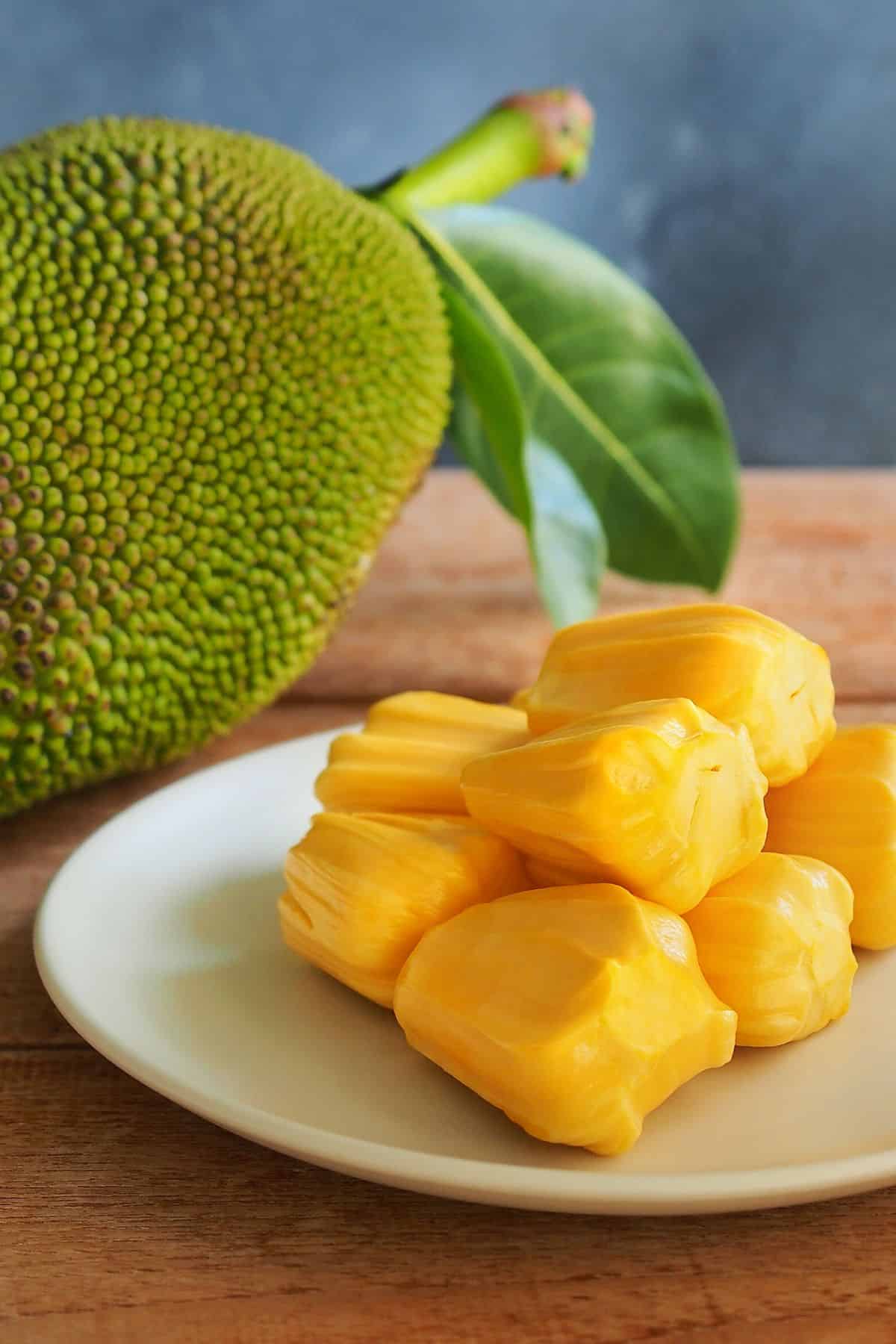
Jackfruit is primarily grown in Sri Lanka, Bangladesh, Malaysia, the Philippines, and Indonesia.
The jackfruit is a large fruit, about the size of a cantaloupe or a bit larger.! The outside of the jackfruit is yellowish-green and has a bumpy texture. The inside of the fruit is yellowish.
Many vegans like to use jackfruit in place of meat due to the similar texture.
Jackfruit is sweet and very similar to other tropical fruits like pineapple or mango. The jackfruit contains significant amounts of vitamin C, vitamin B, potassium, and magnesium.
11. Kiwi Fruit
The kiwi fruit is grown in China, Japan, Korea, Russia, and France. It also grows in parts of the United States.
This fruit is small, oval-shaped and is brown, and fuzzy on the outside. The inside of the kiwi is green with black seeds.
Kiwi is very sweet and has a soft texture. The kiwi fruit is especially high in vitamin C
12. Kumquat
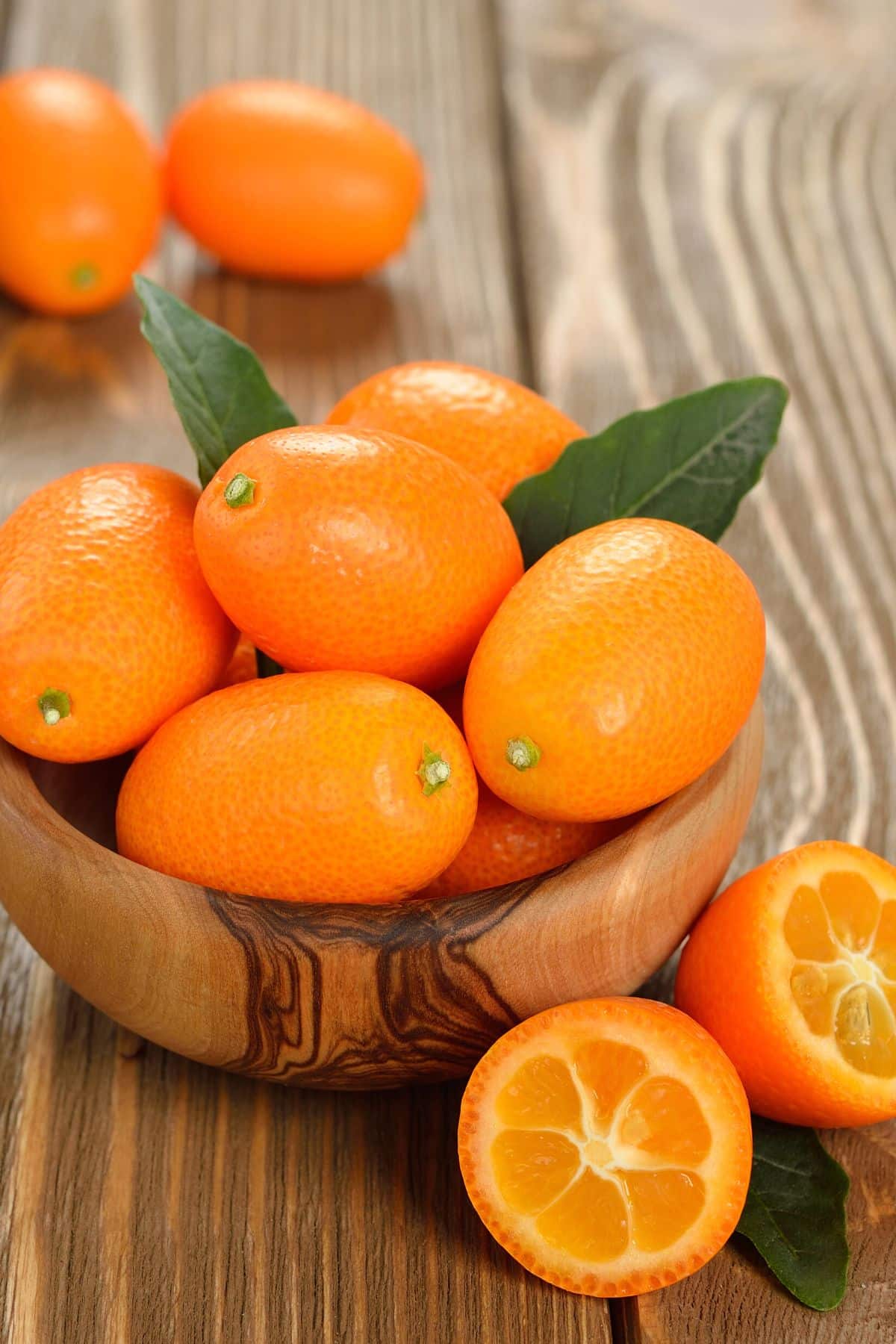
The kumquat is native to southern China and also grows in Australia and the United States.
This fruit is small and oval-shaped with a bright orange color. It is similar in size to an olive and tastes similar to an orange.
Kumquats have a tart citrus flavor and are rich in vitamin C and fiber.
13. Langsat
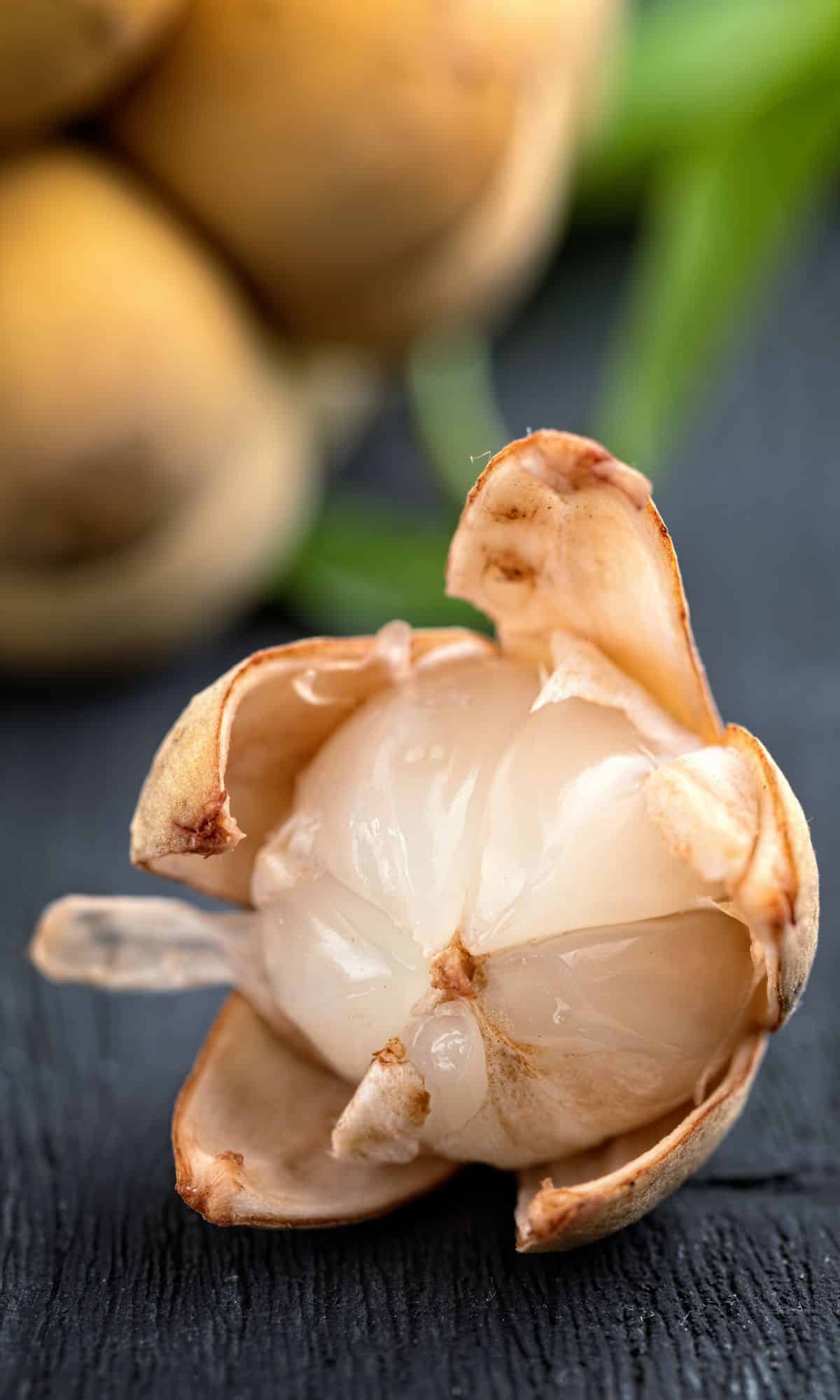
The langsat is native to Southeast Asia and grows in Indonesia, the Philippines, Malaysia, and Thailand.
This fruit is small and round with a thin pale yellow skin. The inside of the langsat is white. The taste of a langsat is sweet and bitter and is similar to a mild grapefruit.
Langsat is high in dietary fiber, vitamin A, riboflavin, and thiamine.
14. Lychee
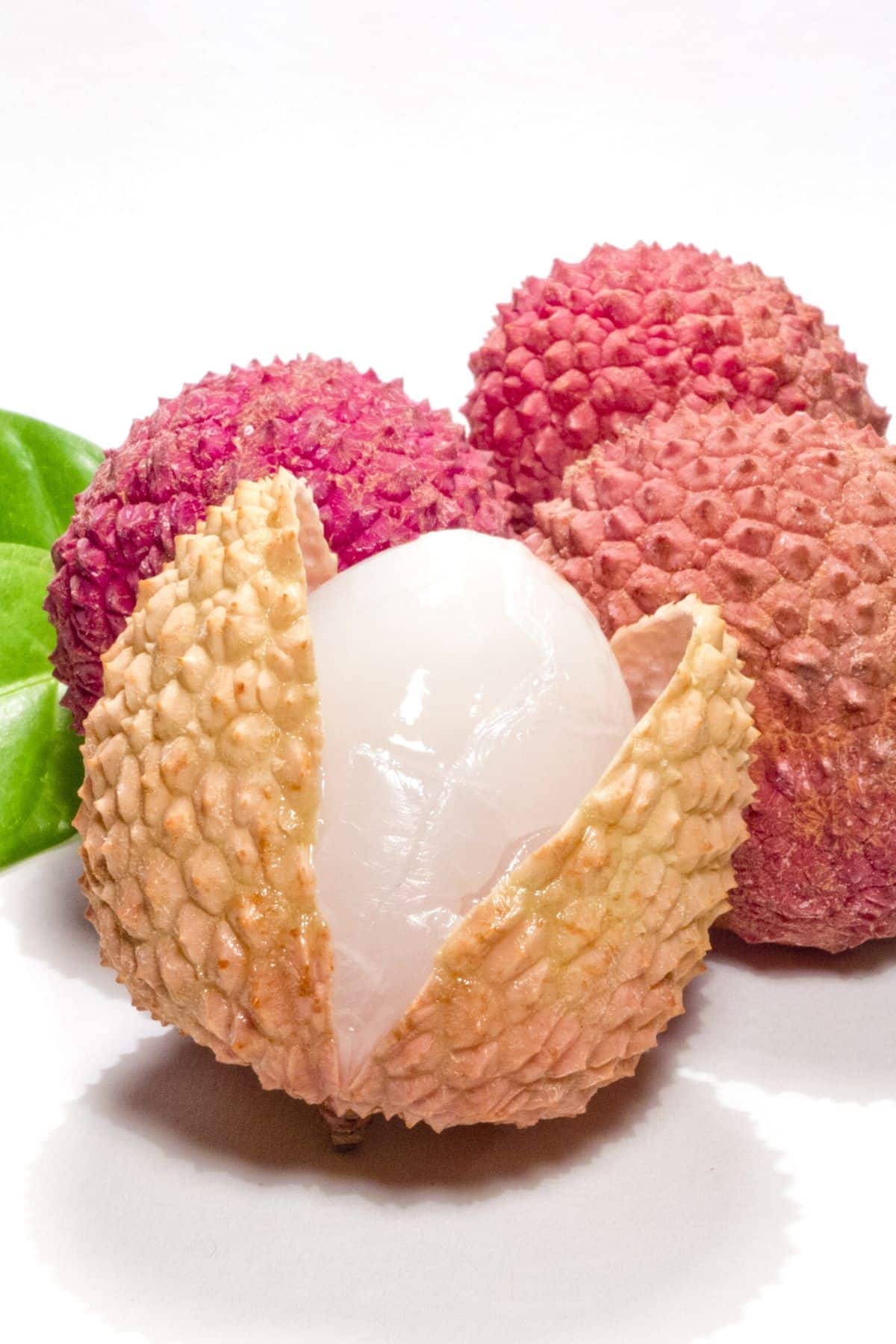
The lychee is native to Southeast Asia and is grown in many subtropical areas like India, Indonesia, Australia, and Brazil.
Lychee is golf ball-sized and looks similar to a strawberry. It has red bumpy skin on the outside and is white and translucent on the inside. If I had to pick a favorite Asian fruit, the lychee would be it. They are so yummy!
This fruit is high in vitamin C, vitamin B, and potassium.
15. Mango
The mango is grown in Indonesia, Malaysia, the Philippines, Sri Lanka, Burma, and Thailand.
Mangoes are medium-sized oval-shaped fruits. In some varieties of mango, the skin is a greenish color. The inside of the mango is bright orange.
Mangoes have a sweet taste and are often used in desserts. See my recipes for Vegan Mango Ice Cream, Mango Avocado Salad, or Mango Strawberry Banana Smoothie.
In addition, mangoes are an excellent source of beta-carotene and vitamin C.
More Fruit and Veggie Lists You Might Like
- Green Vegetables
- Green Fruits
- Purple Vegetables
- Red Fruits
- Vegetables for Picky Eaters
- Yellow Fruits
- Blue Fruits
Don’t Miss These Fruit Lists
Conclusions
Asian fruits are a delicacy enjoyed by many people all over the world. The unique flavors and textures of these fruits set them apart from other types of fruit, and they are definitely worth trying if you have never had them before.
I hope this list of some of the best Asian fruits has inspired you to try something new the next time you are at the store or market.
Don’t forget to join my newsletter list to get exclusive clean eating recipes and tips. The newsletter is 100% free with no spam; unsubscribe anytime.
About the Author: Carrie Forrest has a master’s degree in public health with a specialty in nutrition and is studying to be a holistic nutritionist. She is a top wellness and food blogger with over 5 million annual visitors to her site. Carrie has an incredible story of recovery from chronic illness and is passionate about helping other women transform their health. Send her a message through her contact form.


